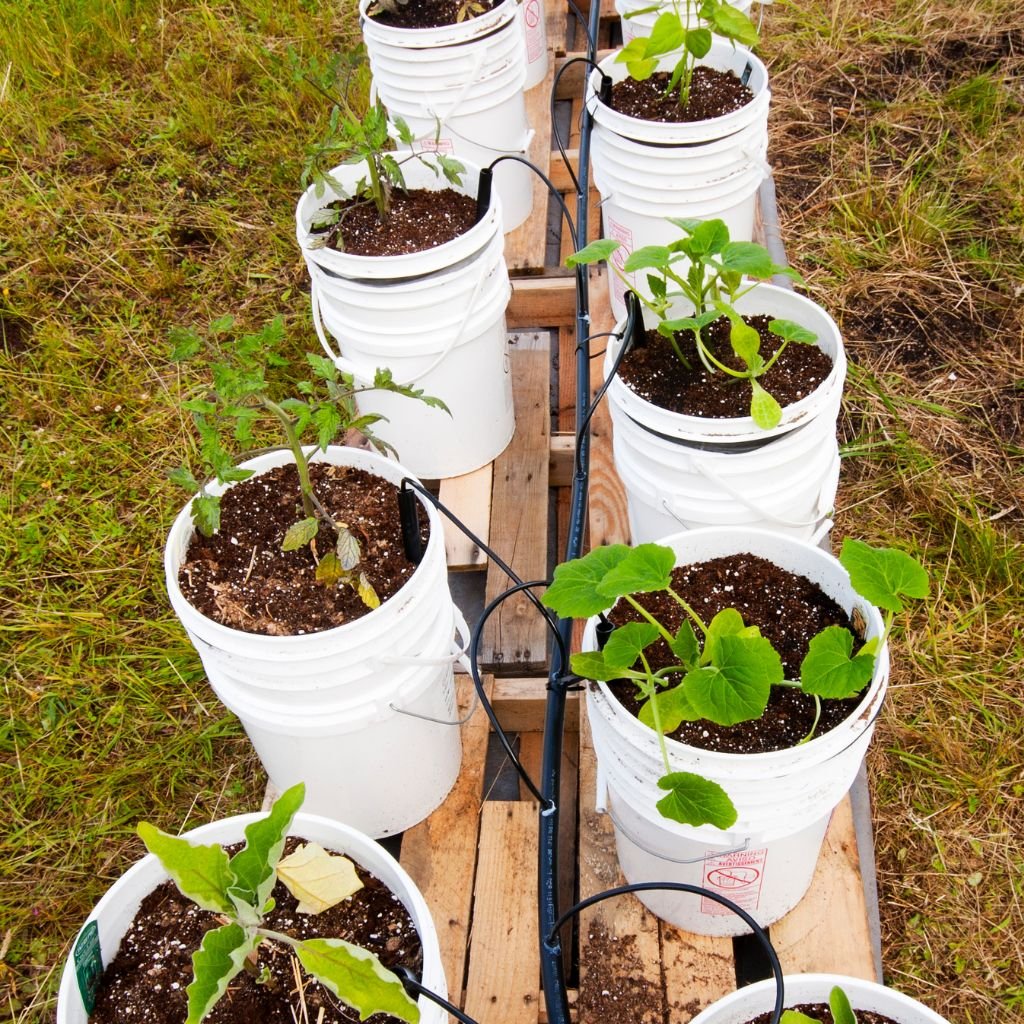Introduction
Creating a bucket garden is an innovative and accessible way to grow plants in limited spaces. Whether you live in an apartment, have a small backyard, or want a portable garden, bucket gardening offers a practical solution. This method uses everyday buckets to cultivate vegetables, herbs, or flowers, making gardening affordable and manageable for beginners and experts alike.
In this article, you’ll learn how to make a bucket garden step-by-step, including selecting the right buckets, preparing soil, planting, and maintaining your garden for optimal growth. Emphasizing sustainable practices and expert tips, this guide ensures you achieve a thriving bucket garden that fits your lifestyle and space.
Why Choose a Bucket Garden?
Benefits of Bucket Gardening
- Space Efficiency: Ideal for balconies, patios, or indoors.
- Portability: Move your plants easily to catch sunlight or protect from harsh weather.
- Cost-Effective: Uses inexpensive, readily available materials.
- Soil Control: Prevents soil-borne diseases by using fresh, controlled soil mixtures.
- Water Conservation: Easier to manage watering, reducing waste.
Who Should Consider It?
Bucket gardening suits urban gardeners, beginners with limited experience, and anyone wanting to grow fresh produce with minimal space. Experts recommend bucket gardens for experimenting with different plant types in a controlled environment.
How to Make a Bucket Garden: Step-by-Step
Selecting the Right Buckets
- Choose food-grade plastic buckets (5-gallon size is common).
- Avoid buckets that have stored toxic materials.
- Ensure the bucket has handles for easy mobility.
Preparing Your Buckets
- Drill drainage holes at the bottom to prevent waterlogging.
- Place a layer of gravel or small stones inside the bottom to improve drainage.
Choosing the Soil Mix
- Use a high-quality potting mix with good aeration and nutrient content.
- Mix in compost or organic fertilizers to boost fertility.
- Experts suggest adding perlite or vermiculite for moisture retention and aeration.
Planting Tips
- Select plants suited for container gardening (e.g., tomatoes, peppers, lettuce, herbs).
- Follow seed packet instructions for depth and spacing.
- For better yield, consider companion planting (e.g., basil with tomatoes).
Watering and Maintenance
- Water when the top inch of soil feels dry.
- Avoid overwatering to prevent root rot.
- Fertilize every 2-4 weeks with a balanced liquid fertilizer.
- Monitor for pests and diseases; use organic controls when possible.
Maximizing Your Bucket Garden’s Success
Light Requirements
Ensure your bucket garden receives at least 6 hours of sunlight daily. If indoors, use grow lights to supplement natural light.
Temperature and Environment
Most vegetables thrive between 65-75°F (18-24°C). Protect your bucket garden from extreme heat or cold.
Harvesting
Pick vegetables and herbs regularly to encourage continued growth. Harvest leaves or fruits gently to avoid damaging plants.
Real-World Example
A 2022 urban gardening study found that bucket gardens increased fresh herb availability by 60% in small apartments, improving diet diversity and reducing grocery costs.
Troubleshooting Common Issues
- Wilting Plants: Usually caused by under or overwatering; adjust watering schedule.
- Yellow Leaves: May indicate nutrient deficiency; supplement with fertilizer.
- Pest Infestation: Use neem oil or insecticidal soap; introduce beneficial insects if possible.
Conclusion
Making a bucket garden is a straightforward, sustainable way to grow fresh plants regardless of space constraints. By selecting suitable buckets, preparing nutrient-rich soil, and following proper care techniques, you can enjoy a productive garden that enhances your home and diet.
Start your bucket garden today to experience the joy of gardening in small spaces. With patience and consistent care, you’ll cultivate healthy plants and reap the benefits of your green thumb.
